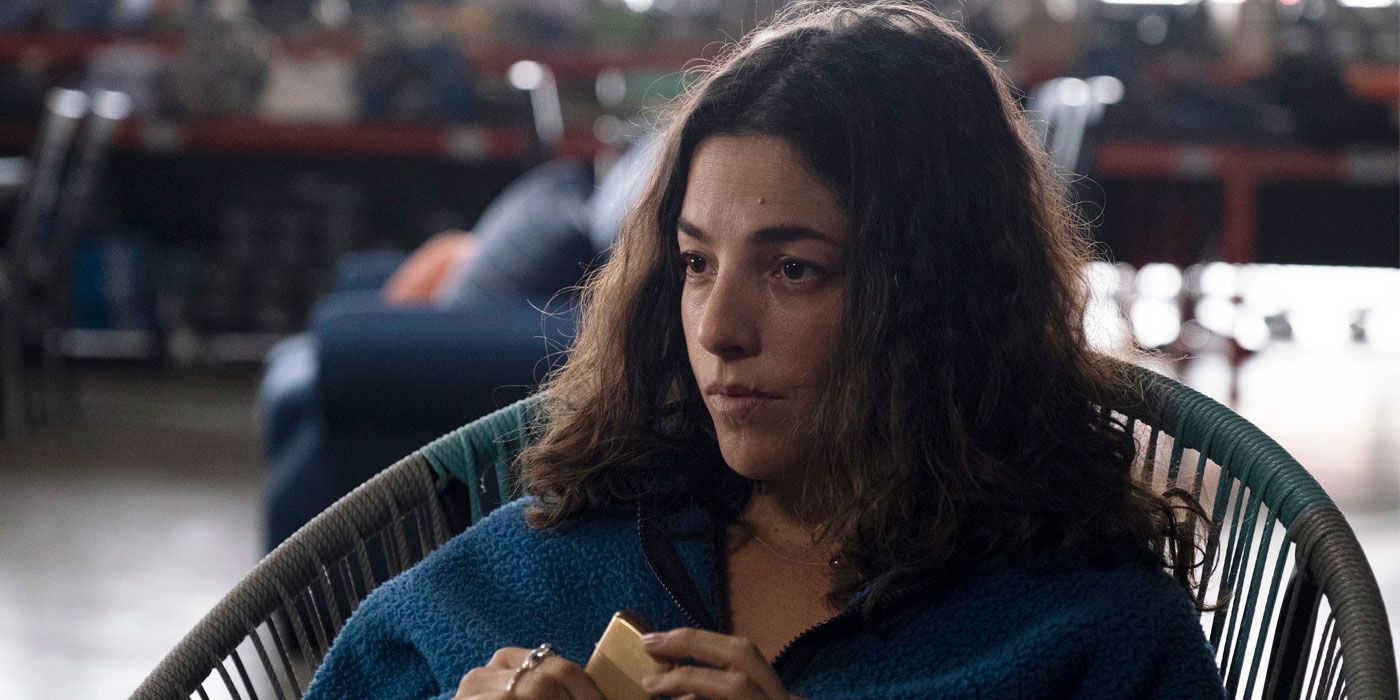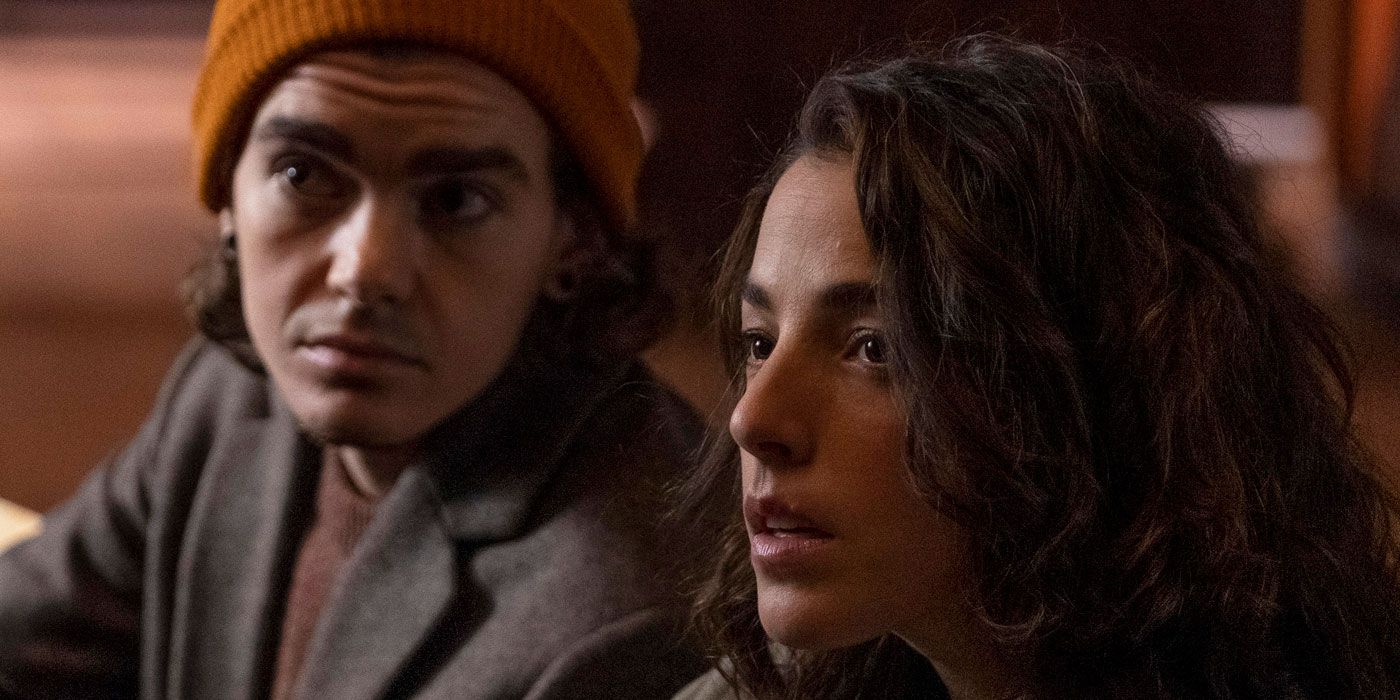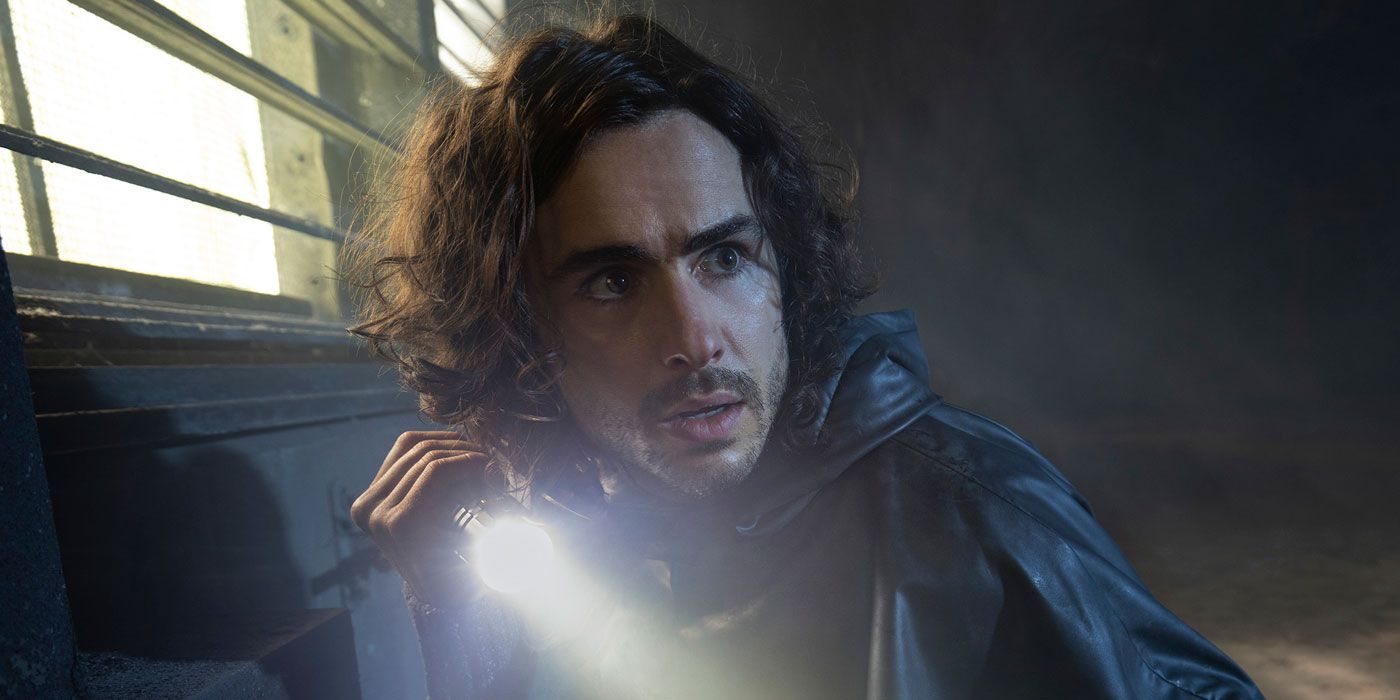In 2021 Brian K. Vaughn’s highly acclaimed comic series Y: The Last Man finally had an adaptation reach our screens. An adaptation of some kind had been in the works since 2007, but it had languished in development hell for well over a decade before its eventual release. The series debuted to relatively positive reviews and decent enough buzz, and it seemed that the story had escaped its adaptation curse to finally reach a new audience. Unfortunately, after only four episodes of the first season aired, the show was passed over for a second season and ultimately canceled. With no other networks raising their hands to continue the project, Y: The Last Man seems to now share the same fate as all the cis-gendered men in its source material — dead and swept to the side. Why did this happen? Why has an adaptation of such a highly acclaimed comic series been cursed while others succeeded? Why did the FX network refuse to renew the series? While the answers to the show’s numerous mysteries will seemingly remain shut forever, one can at least take solace in knowing what exactly went wrong.
‘Y: The Last Man’ Had A Cursed Development
Y: The Last Man was first released in September 2002, published under the DC Comics imprint Vertigo, a highly successful and decorated comic house designed for more mature and non-superhero-oriented comics such as Neil Gaiman’s famous Sandman series. It was no slouch among its peers either; the comic was well-received and drew much praise for its nuanced (at the time) discussion of gender in its post-apocalyptic setting. The series was so successful that in 2007 it was picked up to be made into a movie with director David J. Caruso attached. However, this adaptation proved not to be – and a devastating level of development hell would follow for years.
Once the first script fell through, the original comic’s creator Brian K. Vaughn stepped up and wrote his own treatment, quickly meeting the same fate. This would spell out a pattern for the project; numerous scripts were penned throughout the years, all denied and shot down before development could begin in earnest. Caruso eventually left over “creative differences” (you’ll be hearing that phrase a lot throughout this article) and was replaced by 10 Cloverfield Lane and Prey director Dan Trachtenberg in 2013, with production proper planned to begin in 2014. Despite hopes, the film was eventually cancelled, and the rights returned to the original creators, leaving the team seven years of development and nothing to show for it.
It was in 2015 that the show’s story began, with FX taking over the reins of development. In 2016 the show seemed to be coming along smoothly, with Blade Runner 2049 writer and future American Gods showrunner Michael Green attached to be the showrunner for the project, with Aïda Mashaka Croal later brought on as co-showrunner. Things were looking on the up and up for the project, which, as it was with all the other attempted adaptations, was where the troubles started. The show’s momentum began to stall dramatically once it was time to properly start production. Barry Keoghan was tapped to take the lead role of Yorick, and Lyshanna Lynch was hired to portray Agent 355 after first appearing in the pilot. The cast was coming together, the show had two capable showrunners, and then everything began to stall and fall apart. Green and Croal left the project due to (you guessed it) “creative differences” and were replaced by Eliza Clark. After even more delays Keoghan dropped out of the project as well, and Lynch was lost along with him. This snowballed, leading to more recasting and delays until finally, it hit the biggest delay of them all: COVID-19. With the entire production (like so many others) shifted to compensate for the unprecedented pandemic, the production finally began, but by this point, it was nothing but a walking ghost, dead before it even began.
What Killed ‘Y: The Last Man’?
One might initially think that the reason that Y: The Last Man failed was purely quality based, that the show didn’t make the cut critically and the network decided to end it, an unfortunate but plausible reality for the project. However, the show was reviewing well, and currently sits at around 70% on Rotten Tomatoes – not excellent, but not bad enough to necessarily end a show. The next theory may be that it had been viewership problems, when the news came that the series had been canceled it was experiencing a viewership dip. However, this isn’t the full picture either, most series have a viewership dip around the middle point of a season, especially in a post-streaming world; binging is the way most people consume media now. So if it wasn’t quality or viewership, what was it?
To understand why, one first needs to understand the concept of “optioning”. In filmmaking to “option” something is in the simplest terms: to put down money so that you get the sole right to publish and begin production on a project. Studios will often option books that are starting to get buzz, but may not start production until years later, once they have a screenwriter, producer, director, and all the things necessary to truly begin production. This is what happened back in 2007 when the Y: The Last Man series was first being considered to be made into a movie: the rights were optioned and thus stayed until 2014 when the rights were reverted to the original creators. In certain cases, studios and productions will “option” actors and crew, paying them to remain with a project while it’s in limbo.
This is the key problem that Y ran into: its limbo period continually began to extend on and on, and in order to keep it together people still needed to be paid. This is most likely why the original actors left the project, as the studio wasn’t willing to keep paying for their options. However, they ran into the same problem with the new cast once COVID hit, and production had to be delayed even further. Keeping a whole cast together adds up, even with the show remaining underneath its 8.5 million per episode mark (that might seem expensive, but other shows have far exceeded that), it’s the price of the options that weighed on FX. Ironically for a show about a sudden earth-changing event, it was a similar kind of massive environmental shift that killed the show.
But that doesn’t explain why the show’s death was so eerily quiet. Other shows have been canceled before but received massive fan backlash or petitions to continue it. Y: The Last Man by comparison, received barely a peep when the cancelation order came down, why did it receive such little buzz?
‘Y: The Last Man’s Biggest Problems Are Inherent To The Source Material
Y: the Last Man was very successful and critically acclaimed when it was first released, but a big thing to note is that the original comic was published in 2002, and a lot has changed around discussions of gender and sex since then. Many gender apocalypse-style narratives have taken inspiration from it since its release, and the format has evolved significantly to keep up with the times. Discussion surrounding transgender identity has certainly evolved since then, and the original comic mostly lacks these perspectives. The show does an admirable job of trying to correct this issue: a major trans male character is introduced, and a character says that when the Y chromosome was wiped out, they “lost a lot of good women” then, but the problem is just too big to really easily work around.Y: The Last Man is an old comic by this point, but theoretically that shouldn’t be too much of a problem; The Boys had a lot of updating regarding its adaptation and most changes have been welcomed warmly by audiences. The issue is that it’s not some edgy humor or off-color commentary that can be excised, it’s right in the title. It’s called Y: The “Last Man”, for the purposes of the narrative to work there is only one “man” left and that’s Yorick. The show could try and expand on trans identity as much as it wanted, but it can’t escape the story’s main conceit.
The show was always going to be encumbered by that hot-button issue status, but it had another sword dangling over it from the start: length. Y: The Last Man is a long series, running for six whole years and encompassing over 60 globe-trotting issues. It’s a story that demands a large scope, which the original director of the movie project realized; David J. Caruso hoped to expand the film into a trilogy to encompass the entire story, but when that failed, he left the project. This has been the dance that has constantly doomed the project. It’s a big long series that requires a lot of sensitivity and money to accomplish without it becoming offensive or just failing in general. The IP is too big and too risky to properly accomplish on the big screen, and its failure to be bought by another network means its chances on the small screen are probably doomed as well.
Y: The Last Man has had a long 20+ years of existence and hasn’t survived that long without its fair share of bruises. The movie project failed because it couldn’t properly get the massive series to fit on the big screen, and the TV series failed because of an unprecedented pandemic and money issues. The word “curse” gets thrown around a lot for projects but this one it feels especially apparent. The problems aren’t just those though. There are problems with the source material itself that no doubt prevented it from getting as much widespread attention as it might’ve had it been released in a different time. The world is very different to how it was in 2002 when the comic first debuted, and in many ways, the IP has probably aged a bit too much to be relevant anymore. The FX series was probably its last chance, and despite noble efforts to update it, it wasn’t enough to generate buzz and recognition. It’ll always be a critically well-received comic, but like so many other great comics, it might have to be content just staying that way.
Stay connected with us on social media platform for instant update click here to join our Twitter, & Facebook
We are now on Telegram. Click here to join our channel (@TechiUpdate) and stay updated with the latest Technology headlines.
For all the latest TV News Click Here



